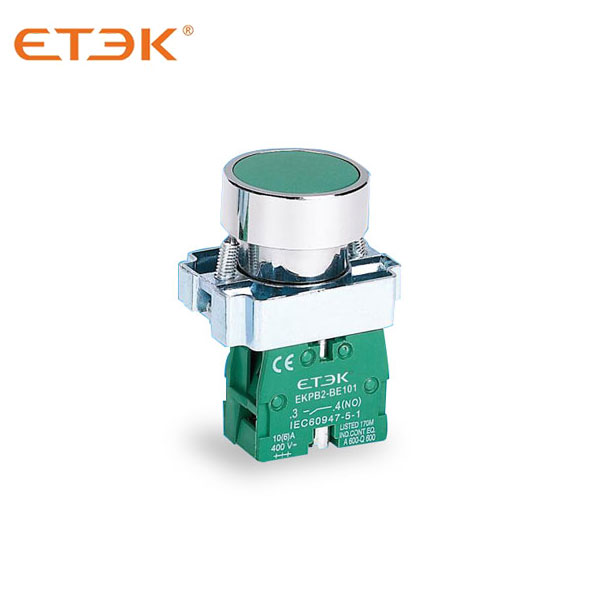How does a miniature circuit breaker work?
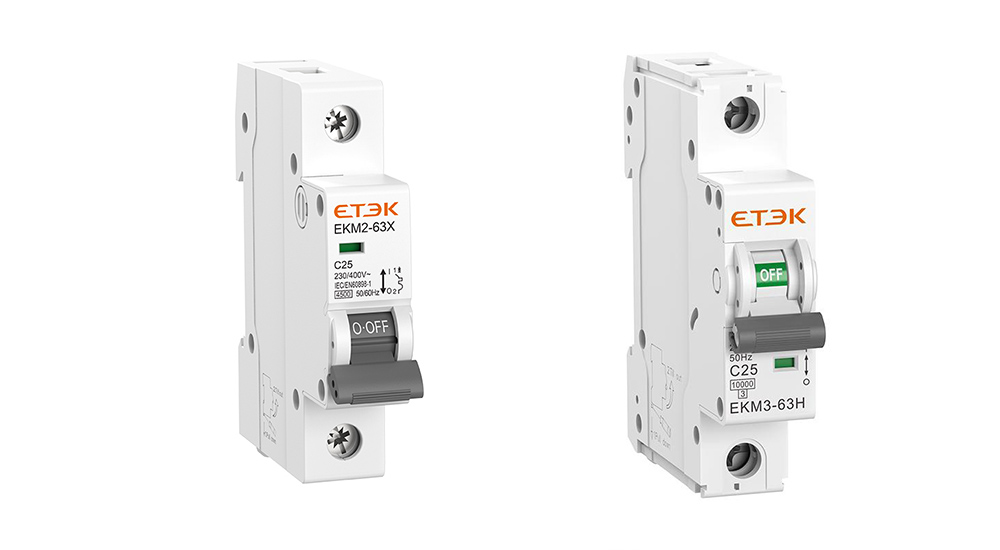
Miniature circuit breakers (MCBs) are devices used in electrical systems to protect circuits from overloads and short circuits. When tripped, it shuts itself off, interrupting power in the event of an overload or short circuit.
What types of trip mechanisms are available for MCBs?
1. Delayed thermal trip mechanism for overload protection
2. Use magnetic tripping mechanism for short circuit protection.
Thermal trip mechanism:
1. Bimetal structure
Inside the miniature circuit breaker is a bimetal strip, which consists of two metals with different coefficients of expansion bonded together.
2. Excessive current causes the metal sheet to heat up
When the current flowing through the circuit exceeds the rated value for a long time, the bimetal will heat up due to the increase in resistance.
3. Tripping
The metal strip bends and eventually trips the circuit breaker, cutting off the electricity.
Magnetic trip mechanism:
1. Magnetic mechanism
Inside the MCB is an electromagnet that generates a magnetic field when current flows through it.
2. Short circuit causes strong magnetic field
When a short circuit occurs, the sudden increase in current generates a strong magnetic field.
3. Tripping
The trip lever attracts the fixed contacts, which quickly releases the contacts and interrupts the circuit.
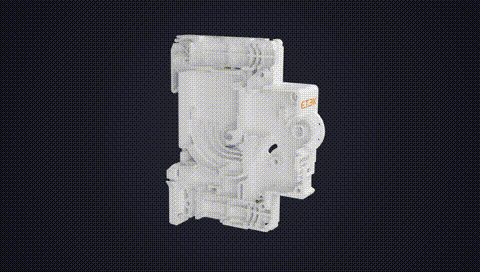
How to reset MCB after tripping?
In both cases, the MCB can be manually reset by moving the trip lever back to its original position once the overload or short circuit condition has been removed. This allows the current to resume.



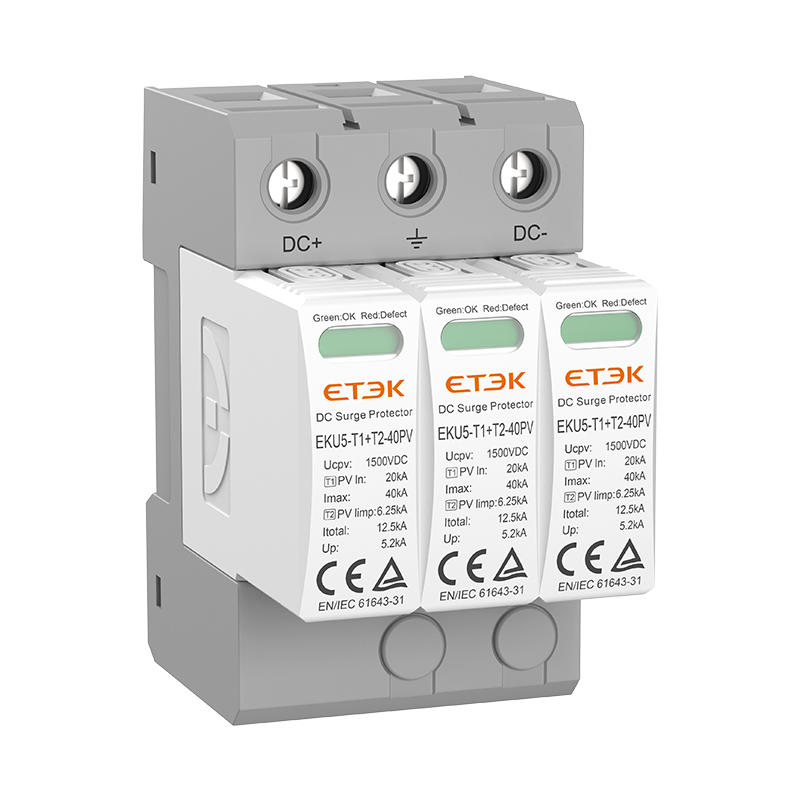
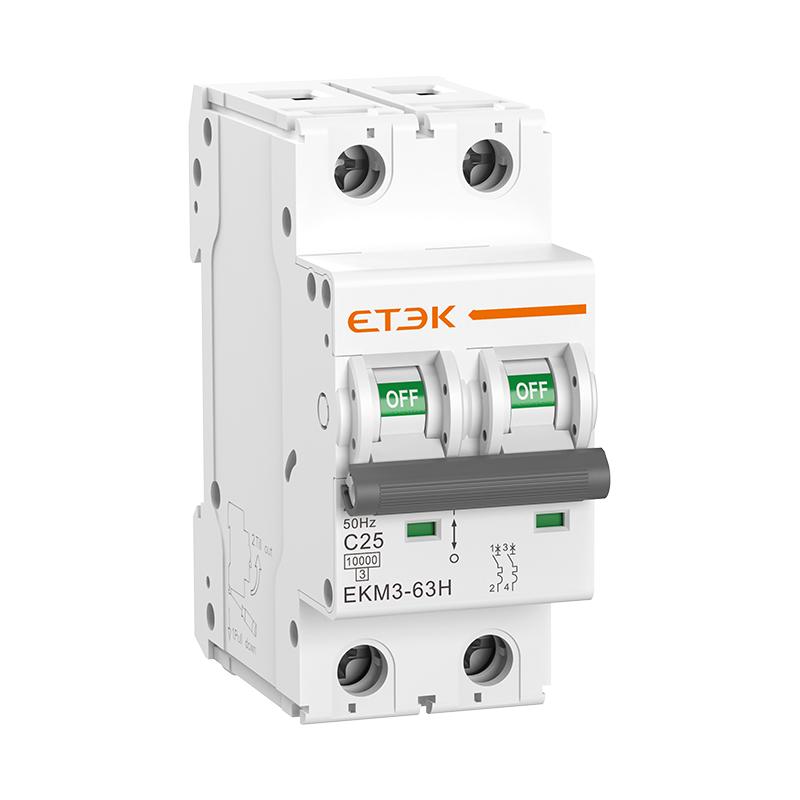
.jpg)
